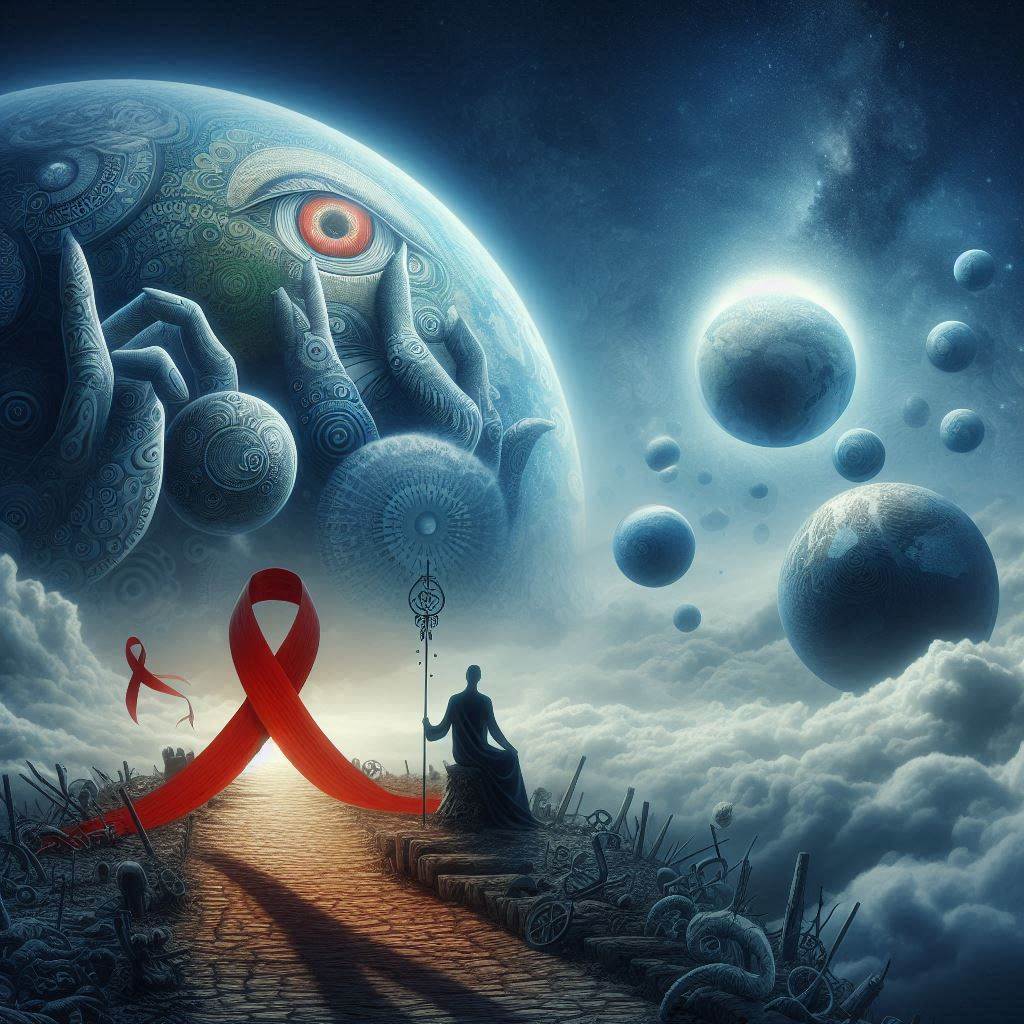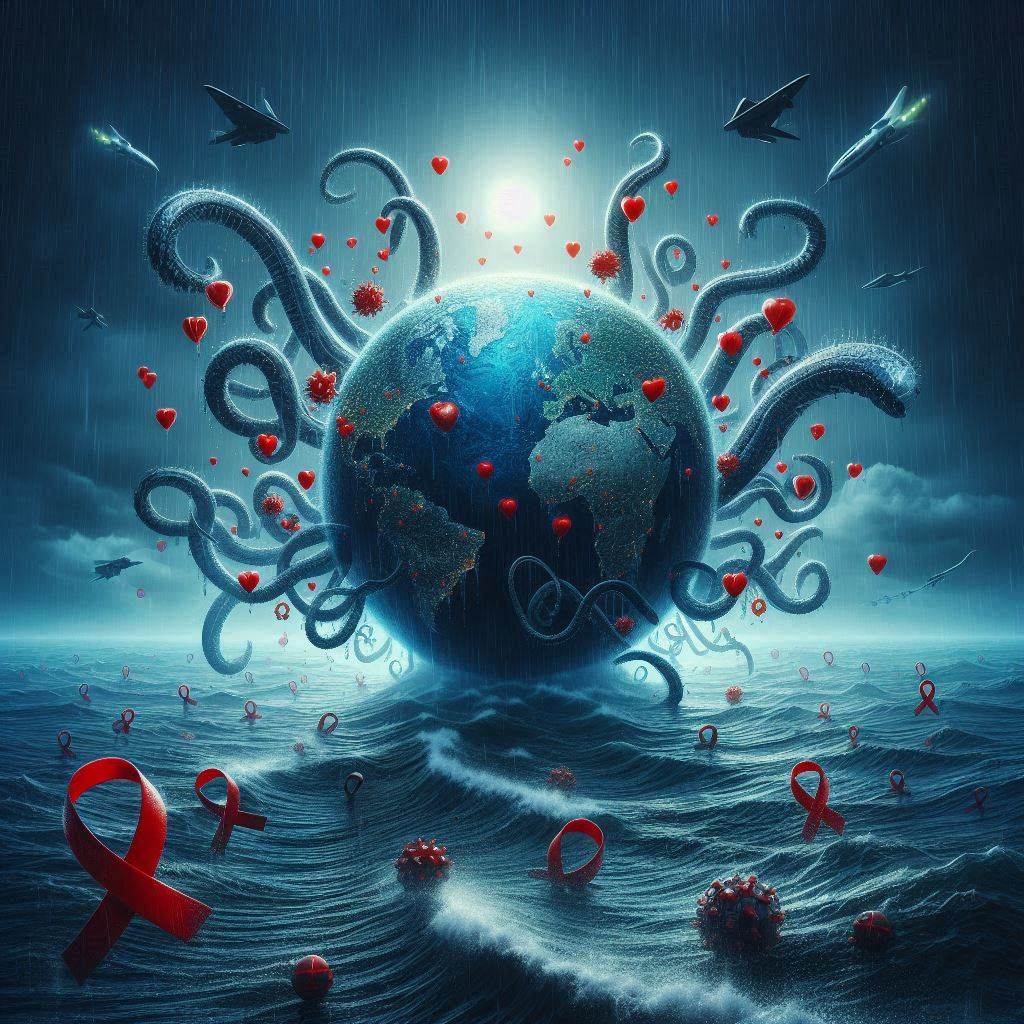To understand where did AIDS come from, we must visualize the virus not just as a medical condition but as a storm—originating quietly, gathering force, and sweeping across the globe with terrifying speed and reach. This journey of HIV from the depths of African forests to urban capitals is not just scientific—it’s symbolic of how deeply connected our world is, even in disease.

The Birth of a Storm: Central Africa
Scientists believe that the Simian Immunodeficiency Virus (SIV) jumped from chimpanzees to humans, likely through bushmeat hunting in the early 20th century. This zoonotic leap, now widely accepted as the answer to where did AIDS come from, marked the genesis of what would later be known as HIV.
For decades, the virus simmered quietly in the human population, primarily in the Congo River basin, moving through small communities without drawing global attention.
From Forest to City: The Colonial Catalyst
In the 1920s, Kinshasa (then Léopoldville), capital of the Belgian Congo, became a melting pot of colonial development, population growth, and increased medical interventions—like unsterilized syringes and blood transfusions. These factors provided fertile ground for the virus to spread and mutate.
Thus began HIV’s transformation from a local infection into a viral nomad—seeking new bodies, new borders.

Across the Atlantic: Haiti and the Americas
A pivotal leg in the global journey of AIDS was its transit through Haiti in the 1960s. Haitian professionals working in the Congo returned home, unknowingly carrying the virus with them. From there, HIV found its way into the Caribbean blood supply and sex trade.
By the early 1970s, it crossed into the United States, likely through multiple channels—blood transfusions, sex tourism, and immigration.
Lightning in the West: The U.S. Outbreak
These were not isolated medical oddities—they were the tip of the viral iceberg.
The world was now beginning to ask, “Where did AIDS come from?” The answers were tangled in scientific curiosity, fear, and stigma. By the time it was named and identified, HIV had already infiltrated multiple demographics—hemophiliacs through blood products, babies through birth, and drug users via needle sharing.
Europe, Asia, and Beyond: Routes of Risk
In Europe, it spread among intravenous drug users and through contaminated blood banks. In Asia, particularly Thailand and India, the virus took hold through sex work and migrant labor.
Airplanes became the new vessels of viral migration—crossing oceans in hours, transporting not just tourists, but an invisible contagion. HIV spread not like a wildfire, but like a creeping fog—slow, patient, relentless.
The Modern Map: A Global Challenge
Today, every country on Earth has reported cases of HIV/AIDS. Some regions, like sub-Saharan Africa, remain epicenters due to socio-economic challenges and healthcare disparities. Others, like Eastern Europe, see rising rates tied to drug use and stigma.
Yet even now, decades later, the core question—where did AIDS come from—continues to fuel curiosity, misinformation, and research. Its origin in animal-human interaction, its spread through human behavior, and its amplification by global systems remind us that pandemics are not accidents—they are reflections.
The global spread of HIV is not just a tale of biology—it’s a mirror held up to humanity. It shows how colonialism, travel, inequality, and stigma all combined to turn a local virus into a global pandemic.
So the next time someone asks, “Where did AIDS come from?” the answer lies not just in science but in society, connection, and consequence.


